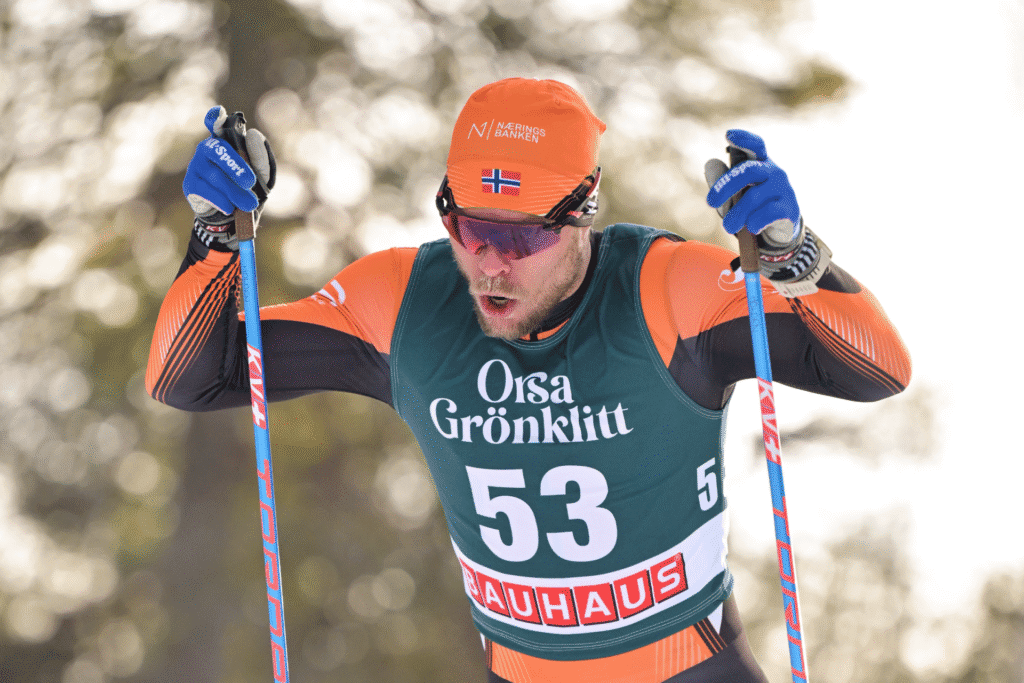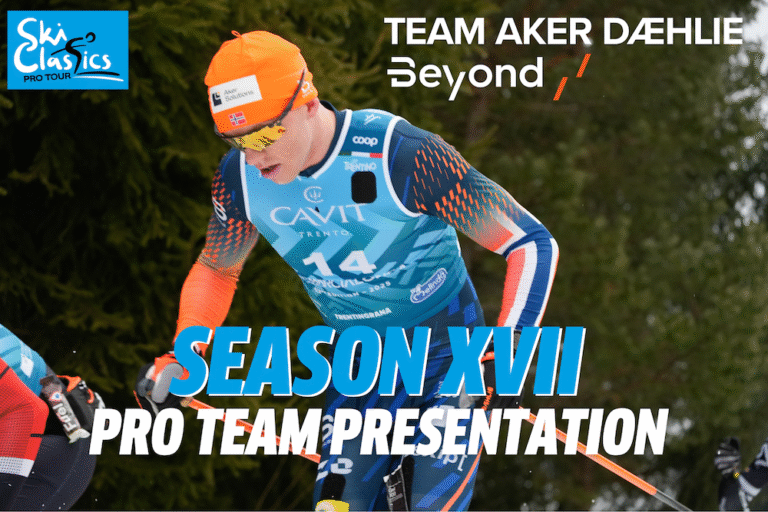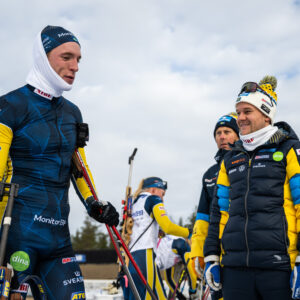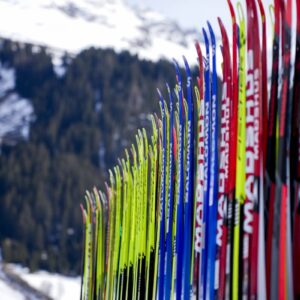“The progress I made was just insane”
The Pro Team athlete had barely come close to the top 10. Then it happened – fourth place – and he has no doubt why.
Before the Pro Team athlete changed his training last year, his best result was 12th place at Vasaloppet. Beyond that, the 32-year-old from Lillehammer, Norway, had never been in the top 20. But last winter, he finished fourth at the La Venosta Individual Time Trial, just four seconds from the podium in the Ski Classics Pro Tour.
“I had very good experiences with what I did last year, especially from late autumn and throughout the season,” says Håkon Holden to Langrenn.com.
The Pro Team athlete from Team Næringsbanken Stora Enso explains that he made two specific adjustments, and one of them made the most significant difference.
“One was focusing more on the quality of my interval sessions. That raised my capacity a couple of levels. At the same time, I also tried heat training, and that’s when I really started making progress,” says Holden.
“There’s no doubt in my mind: I know it works. The progress I made in those few months was just insane. I’ve never experienced anything like it before.”
It’s Catching On
Holden is far from the only skier who has jumped on the heat training trend. Over the past few seasons, it’s gained traction among elite athletes in biathlon, cross-country skiing, and long-distance skiing.
Names like Hans Christer Holund, Helene Marie Fossesholm, Petter Northug, Vebjørn Sørum, and Johan Olav Botn have all endorsed the method.
Two Approaches
Holden says that most of his heat sessions are done “by the book,” following the protocols developed in research projects by Professor Bernt Rønnestad at the Inland Norway University of Applied Sciences. That means 50 minutes of cycling in the heat.
“Most of them have been the traditional 50-minute sessions, but I’ve made sure they’re in addition to my regular training. I don’t want the heat sessions to come at the expense of relevant, specific training. So, I’ve done them as second sessions in the afternoon, mostly on the bike, but a few on the treadmill too,” he says, and continues:
“I’ve also done some ‘combined heat training,’ where I add a 30-minute heat session after a normal interval workout indoors. I’ve found that to be a really effective heat session.”
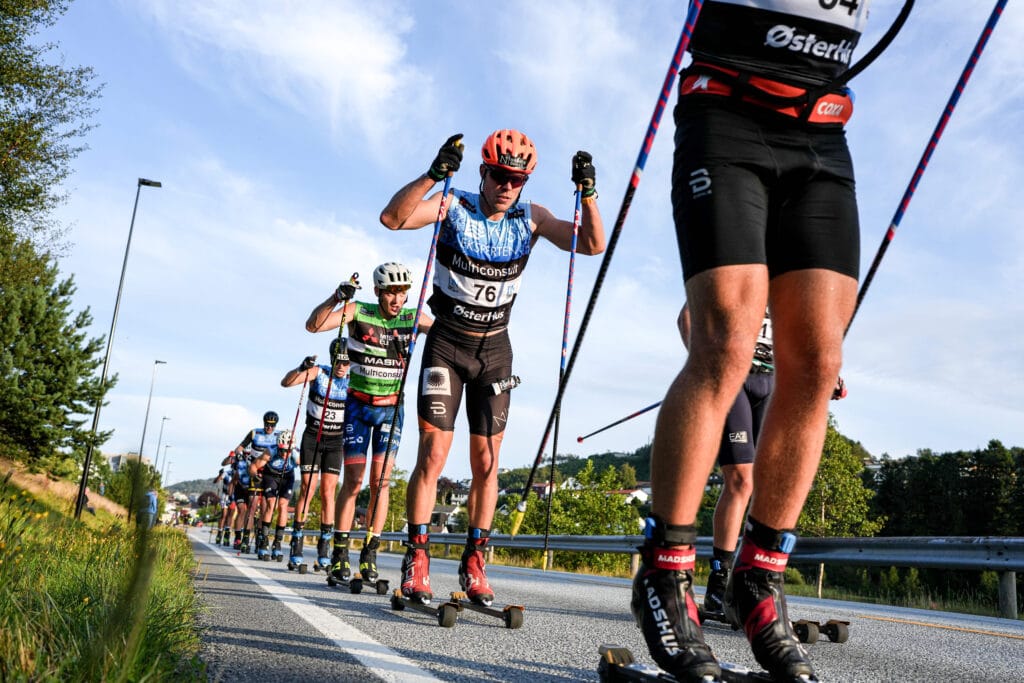
Expert: Heat Training Can Have a Positive Effect
The theory behind heat training is that these sessions can produce a similar effect on blood values as altitude training – without needing to travel to high altitudes. Norwegian researchers are among the world leaders in this field. The most researched protocol from the Lillehammer research group involves a five-week block with five sessions per week, each 50 minutes at 40°C with high humidity.
Read more about the heat training protocol HERE
Training expert and former national cross-country coach Geir Endre Rogn agrees with Holden that heat training can be beneficial:
“Cross-country skiers and biathletes usually have high-quality first sessions in the day, while the second session is often just ‘filler.’ Heat training can make the second session more effective by increasing the load, even though the session itself is relatively short and easy,” says Rogn, and adds:
“And for ambitious recreational athletes with limited time, it’s rarely a bad idea to increase training load. The risk of overreaching is relatively low for them, so they, too, can benefit from this.”
Also Read: Nutrition fundamentals for recreational skiers
Interested in training for long-distance, traditional cross-country skiing and biathlon? HERE we’ve gathered articles on training, tips, trends, and research.
